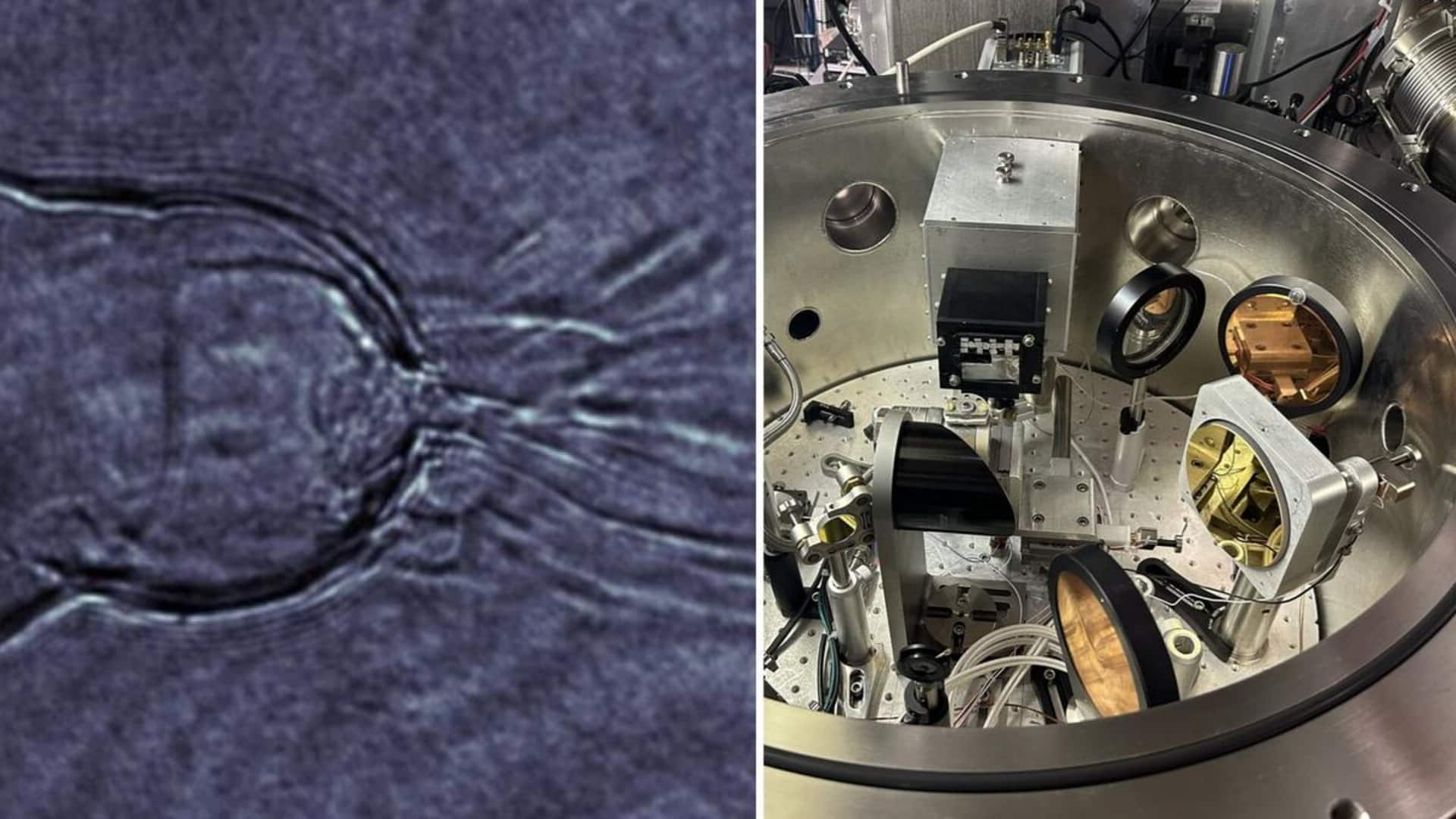
Scientists capture 1st-ever images of plasma instability in fusion research
What's the story
In a major breakthrough in fusion energy research, researchers from Imperial College London have captured the first-ever images of a rare plasma instability.
The phenomenon, where high-energy electron beams form spaghetti-like filaments, can potentially disrupt applications such as triggering fusion.
The team employed shadowgraphy to visualize the density variations in the plasma and measure filament instabilities.
Mechanism
Understanding plasma instability
Plasma, a super-hot mixture of charged particles, can become unstable due to changes in the flow of particles.
These changes lead to some particles clumping together into thin filaments that create magnetic fields and destabilize the plasma further.
Dr. Nicholas Dover, a research fellow at Imperial College London and the John Adams Institute for Accelerator Science, said understanding these instabilities is important as they can disrupt applications such as injecting energy into plasma to trigger fusion.
Procedure
The experimental setup and results
To achieve this, the researchers fired a high-intensity infrared laser into stationary plasma. This created a high-energy electron beam that disrupted the plasma and triggered fluctuations.
These fluctuations caused electrons to clump into thin filaments, further destabilizing the plasma in a "snowball effect" of magnetic field generation.
This study marks the first successful capture of this phenomenon in a laboratory setting.
Teamwork
Collaboration and technological innovation
The research team included members from Imperial College London's John Adams Institute for Accelerator Science, Stony Brook University, and Brookhaven National Laboratory.
They employed two synchronized lasers: a unique high-intensity, long-wave infrared laser at Brookhaven's Accelerator Test Facility and a shorter wavelength optical probe laser.
The infrared laser generated the electron beam while the optical laser captured pictures of the instability.
Advancements
Future plans and implications for fusion research
Brookhaven's Accelerator Test Facility plans to upgrade the optical laser to enable clearer, more precise pictures in shorter time intervals, allowing for real-time observation of laser-plasma interactions.
Professor Zulfikar Najmudin, Deputy Director of the John Adams Institute, highlighted that achieving 10MeV energy levels in such a small gas target is virtually unheard of in other interactions.
The findings could greatly influence ongoing fusion research by providing insights into plasma stability requirements for sustaining nuclear fusion reactions and generating power.